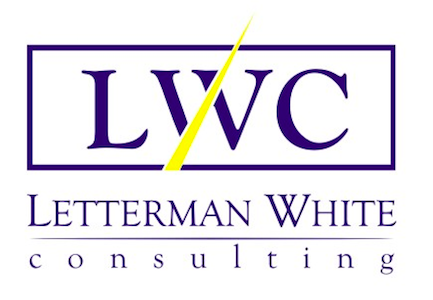When Green Mountain Coffee Roasters needed new ideas to improve strategy execution, their CEO, Bob Stiller turned to Appreciate Inquiry, a problem-solving approach that first identifies and then builds upon existing strengths to amplify what already works well. The Four Ds of Appreciative Inquiry create a path to organization and team excellence. Discovery begins with finding what gives life to your organization, division, or team at its best - those peak moments when you shine and innovation flourishes. In the Dream phase, these discoveries catalyze the crafting of a compelling vision of what could be. Design transforms the aspirational vision into concrete plans and structures, while Destiny ensures these changes take root and flourish, creating lasting positive transformation. While Stiller expected the first step to lead to great ideas to test, he did not expect the development of engaged and energized employees with a high-level of buy-in for addressing the strategy execution challenge.
Leaders often encounter a puzzling paradox when introducing organizational changes, whether implementing new technologies or fostering a more collaborative culture. Even with thorough communication about the benefits and careful explanation of the improvements ahead, they find that employees' thoughts, feelings, and actions remain remarkably resistant to change. Some challenges seem to persist indefinitely, like a law firm's ongoing struggle to attract qualified talent or, as in the case of Green Mountain, an organization or team struggle to execute a proven strategy. This is where Appreciative Inquiry offers an intriguing alternative, shifting the conversation from what's wrong to what's possible to help the same resistant-to-change people simultaneously envision options that conventional problem-solving methods might miss and eliminate the resistance.
Appreciative Inquiry represents more than just employee communication and training—it's a fundamental shift in problem-solving and strategic processes. Research consistently shows that changing employee behavior, even when there's willingness to change, requires more than communication and training alone. For instance, recent research by Deloitte, reported in the Winter 2025 issue of MIT Sloan Management Review, shows that organizations that have been fooled by fraudulent schemes developed using generative AI are more likely to shift their defensive techniques to include new procedures and processes.
Imagine the potential in your organization: Start with a group of employees who appear set in their ways. By teaching them basic interviewing techniques and pairing them up with thoughtful questions—both personal and focused on business challenges—you create opportunities for genuine dialogue. As they engage with these structured conversations, measure what emerges. Are new ideas and problem-solving approaches surfacing? How are the participants feeling about the experience? Do they report feeling more connected to each other and more energized about shifting their thinking and behaviors? When you've carefully selected the right questions and created supportive conditions for success, you'll be ready to expand this approach, building a broader dialogue and community that can drive meaningful organizational change. Reach out to learn more about implementing this process in your context.

